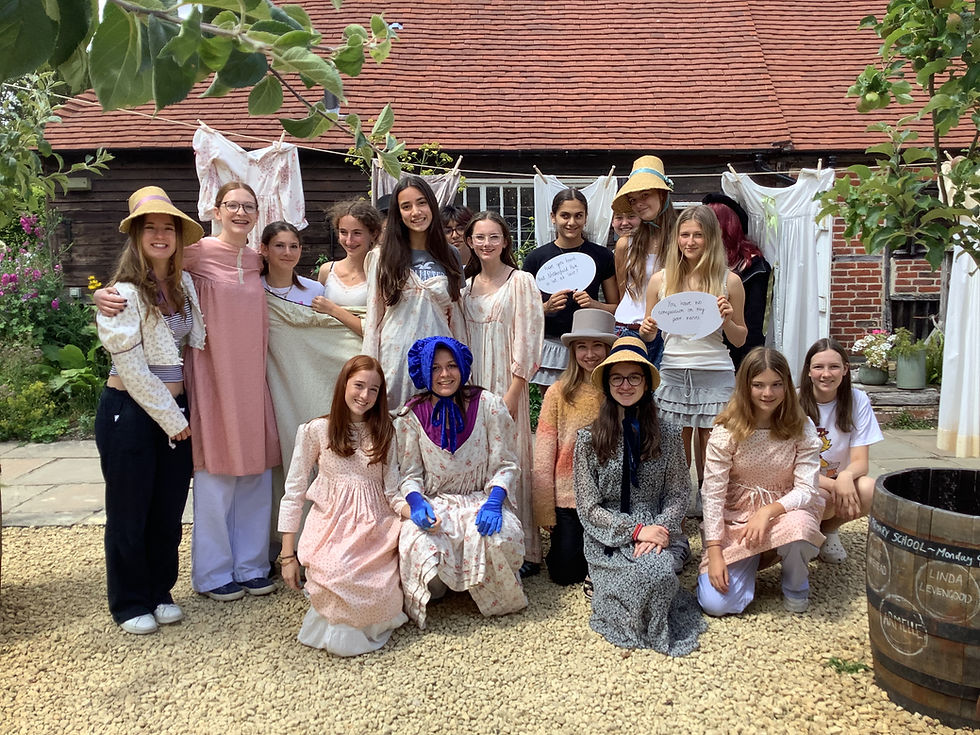Opulent house takes Year 12 to the past
- PHS
- Mar 7, 2024
- 2 min read
Updated: Mar 27, 2024
by Isabella VDG

This term, Year 12 English students embarked on a trip to Leighton House, the studio home built by painter Frederic Lord Leighton in the 1860s in the Holland Park area. It was an immersive tour and enriching to explore a house built in an extremely unique Oriental style, where each room was completely different and designed in homage to the art on its walls.
The Arab Hall was a particular highlight for us (and is arguably the most notable feature of the house), with intricate tiles bought by Leighton and a man called Richard Burton from mosques and local historical towns across the Middle East: Damascus, Iznik and Persia. Although designed in what was known as the ‘Oriental’ artistic style, the curator told us that Leighton, in keeping with true Aesthetic values, never intended to enact an Eastern idea, but rather superficially engage with Arabic culture to fashion “something beautiful to look at once in a while”.
As we moved through the house, the lack of continuity between both the exterior and the interior, the garden, and the house, and even each room to the next became clear. This, the curator told us, was because of Leighton’s interest in the separation between the public and the private, both of his house and himself. This is because, despite his celebrity status, Leighton was an enigma of sorts, as noted by artist William Powell Frith who said, “I knew him for 30 years, but I don’t think I ever really knew him.”
Leighton House used to be in many ways an oasis which removed one from the scenes of Victorian London, and we could imagine how visitors could feel transported when they walked around on the Open Sundays which used to be held to explore his art collection. However, whilst Leighton believed that the artist should play a public role in promoting art (shown by his position as president of the Royal Academy of Art and his effort to bring art to many state art schools) and this house was part of that belief, the house does not have any guest bedrooms, which indicates that it was intended to entertain, but not to reside in.
After this detailed tour, which certainly provided food for thought in our study of The Picture of Dorian Gray, we went on one final walk around before departing for the day.




Comments